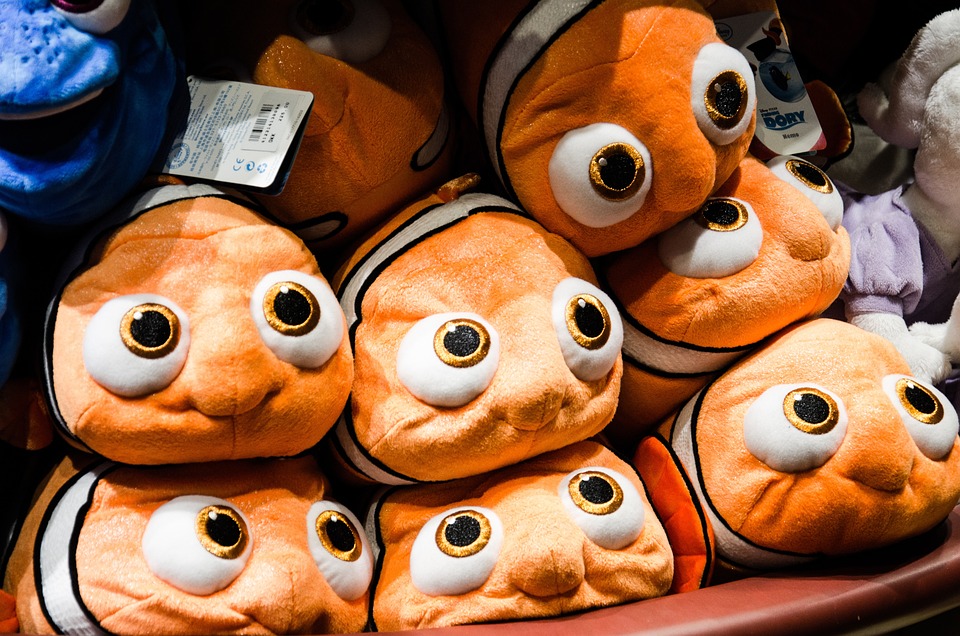Fish behavior is a complex and captivating subject that has intrigued aquarists and researchers for years. As an aquarist, it is crucial to understand how the tank environment can influence fish behavior, especially when it comes to their social interactions. By creating a conducive environment, you can foster healthy social interactions among your aquatic pets.
The tank environment plays a significant role in shaping fish behavior. Water quality is of utmost importance, and factors such as pH levels, temperature, and filtration and oxygenation can greatly impact fish behavior. Maintaining stable and appropriate water conditions is essential to ensure the well-being of your fish and prevent stress or abnormal behavior.
Tank size and layout also affect fish behavior. Providing sufficient space for swimming and incorporating hiding spots and territories can create a sense of security for fish. Larger tanks reduce aggression due to territorial disputes and provide more room for fish to exhibit their natural behaviors.
Lighting is another crucial factor in understanding fish behavior. A balance of natural and artificial lighting, along with appropriate photoperiods, helps regulate fish activity and sleep patterns. Some fish species, especially those from tropical regions, require specific lighting conditions to thrive and display their vibrant colors.
Social interactions among fish are fascinating to observe. Schooling behavior, where fish swim together in coordinated groups, offers various benefits such as increased protection against predators and improved foraging efficiency. Factors like genetics, environment, and predator presence influence schooling behavior.
Aggression and hierarchy are also common aspects of fish social interactions. Dominance and subordination play a role in establishing territories and determining the social order within a group of fish. Aggression triggers can include competition for resources, mating, or defending territories.
Some fish species exhibit shoaling behavior, where they swim together loosely without coordination, while others prefer a solitary lifestyle. Understanding species-specific behavior is crucial when selecting fish for a community tank. Compatibility among fish species is vital to ensure that they can coexist peacefully and engage in natural social interactions.
Fish communicate with each other through various means. Visual communication involves coloration and body movements, which can convey information about aggression, courtship, and territory defense. Chemical communication occurs through the release of pheromones, chemical signals that transmit information about reproductive readiness, social status, and alarm signals. Acoustic communication, although less common in fish, involves sound production and recognition, particularly during courtship and territorial disputes.
To address some common questions, tank size greatly impacts fish behavior as larger tanks provide more swimming space and reduce aggression due to territorial disputes. Optimal lighting for fish behavior involves a balance of natural and artificial lighting, along with appropriate photoperiods. Fish can communicate with each other through visual cues, chemical signals, and even sounds. Not all fish species are compatible in a community tank, and researching and selecting compatible species is crucial for a harmonious environment. Water quality significantly impacts fish behavior, and poor water conditions can lead to stress and abnormal behavior.
In conclusion, understanding fish behavior and the impact of the tank environment on social interactions is vital for maintaining a healthy and harmonious aquatic community. By providing optimal water quality, appropriate tank size and layout, and considering the specific needs of different fish species, aquarists can create an environment that promotes natural behavior, reduces stress, and enhances the overall well-being of their aquatic pets. So, dive into the fascinating world of fish behavior and create a thriving underwater community in your tank.









